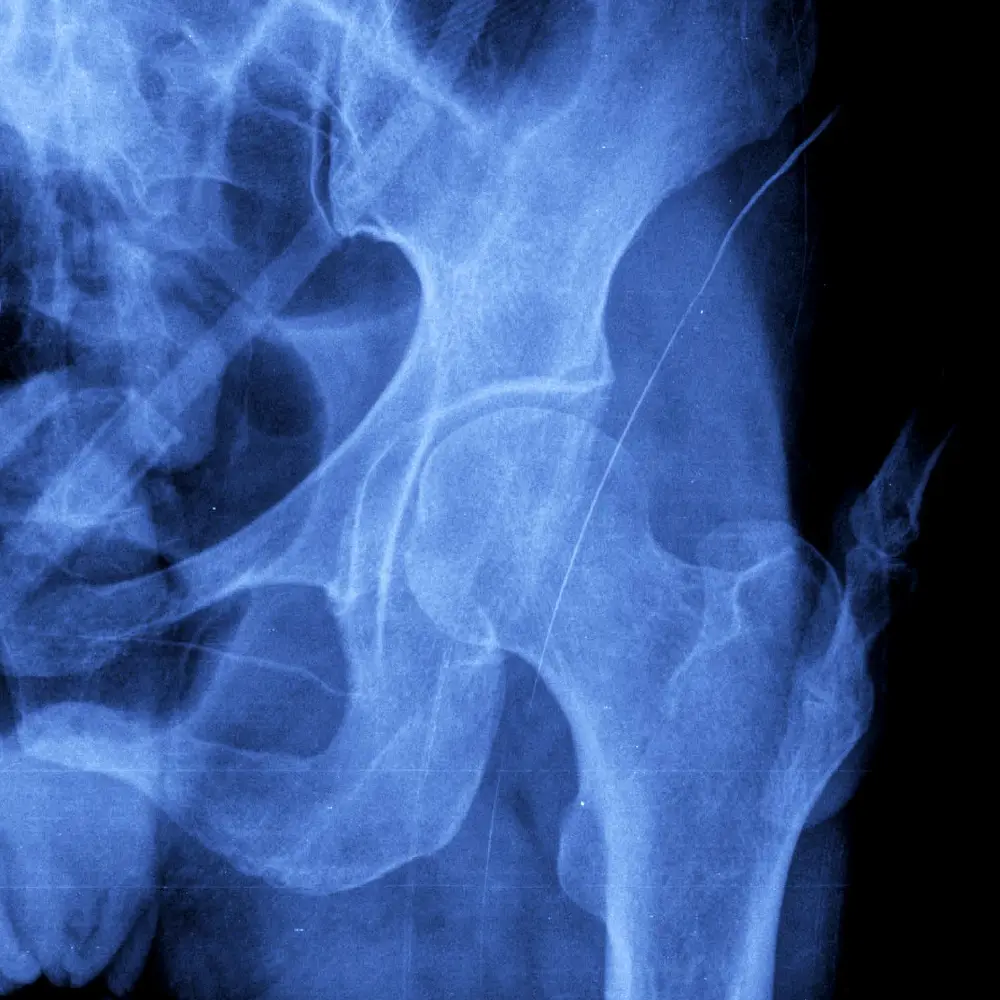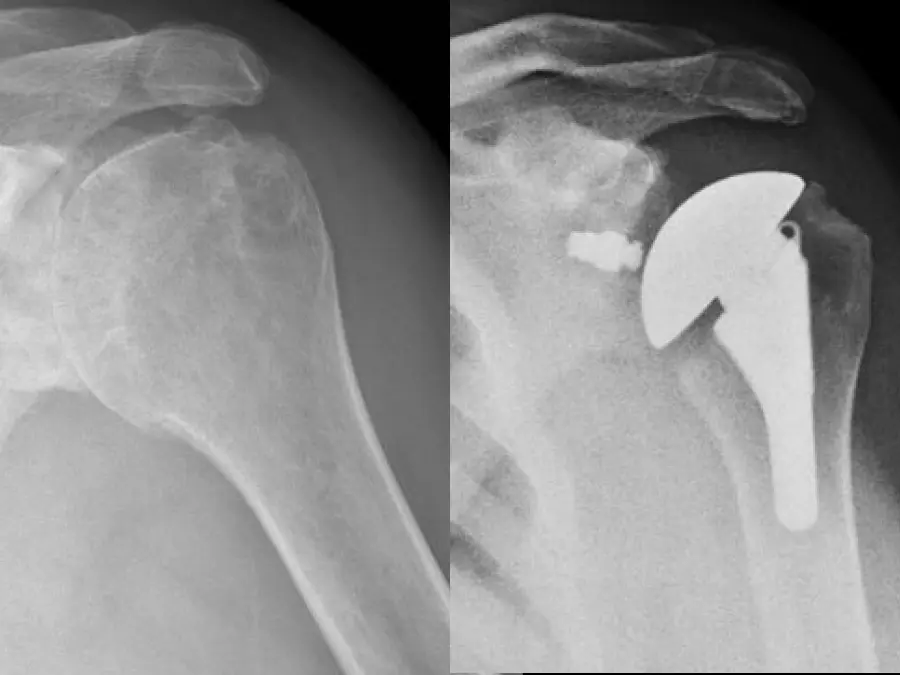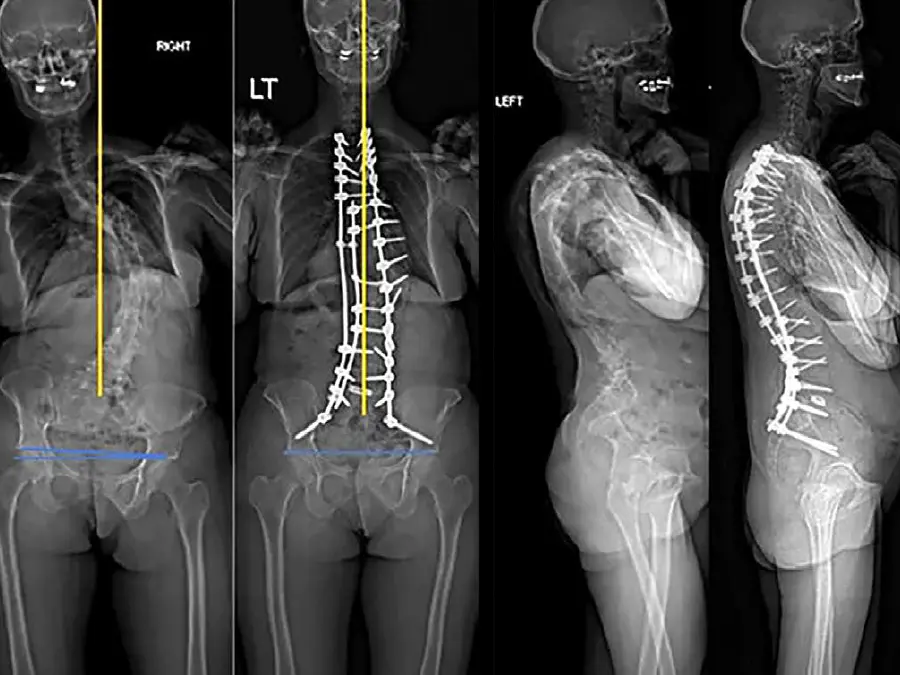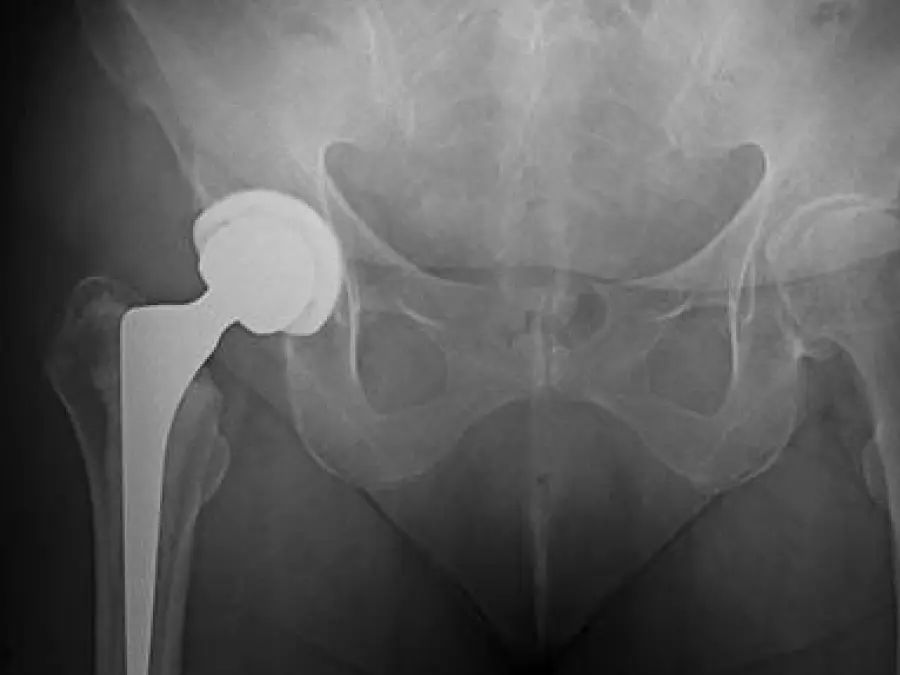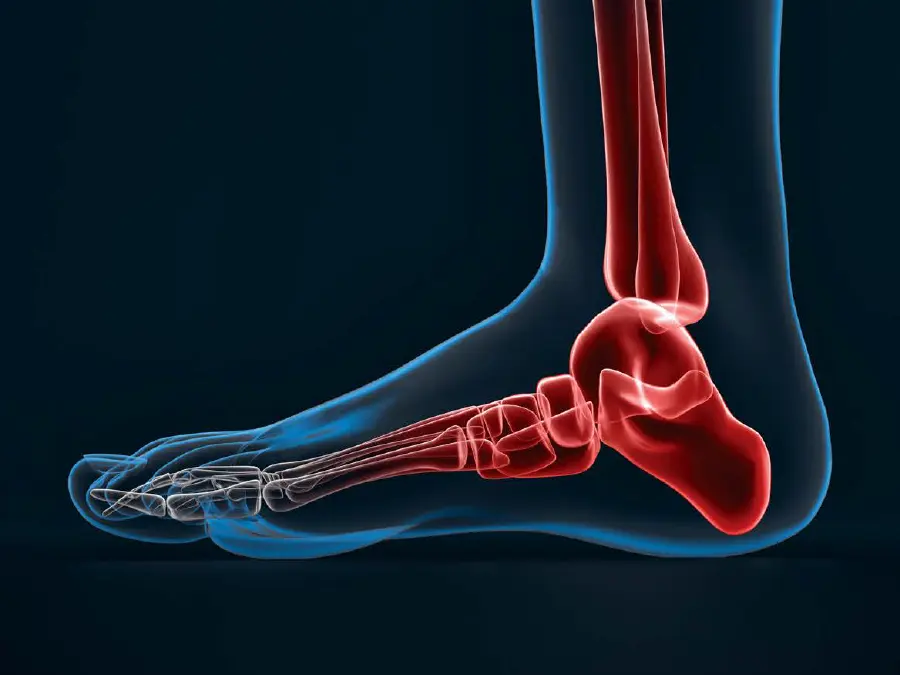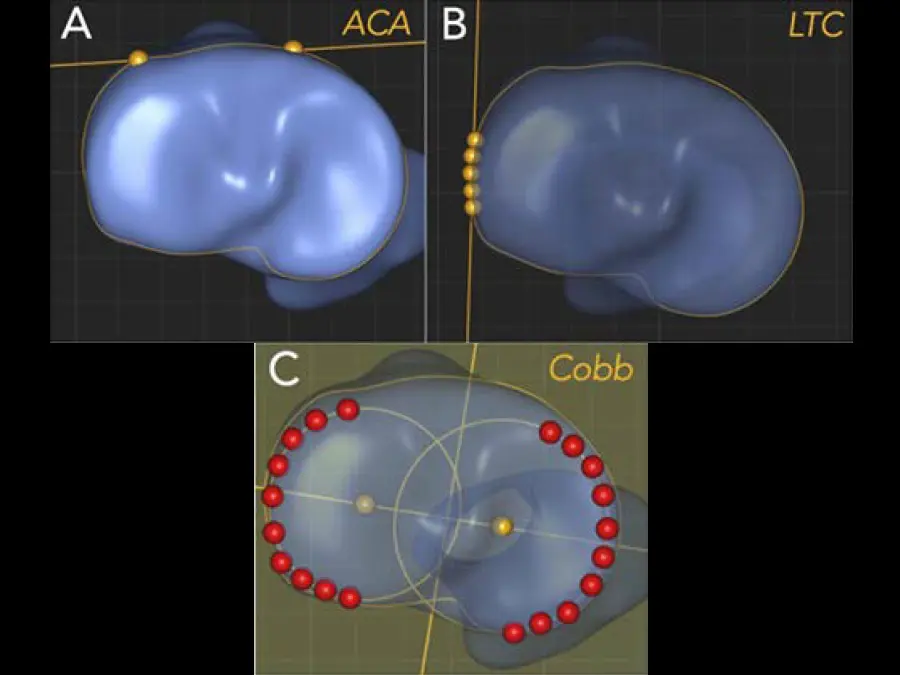The use of cemented versus cementless joint prostheses in total hip replacement has undergone exhaustive investigations over the past several decades, with researchers seeking to establish guidelines for one approach having greater patient outcomes over the other. Columbia physicians, including Drs. H. John Cooper, Roshan P. Shah, and Mouhanad El-Othmani, published a comprehensive research report on the topic wherein they characterized evidence-based modern practice in femoral stem cementation in primary hip arthroplasty. The review showed that while the cementing process adds technical complexity to total hip arthroplasty, growing evidence supports its use in certain cohorts, and surgeons should have a thorough understanding of modern cementation techniques.




